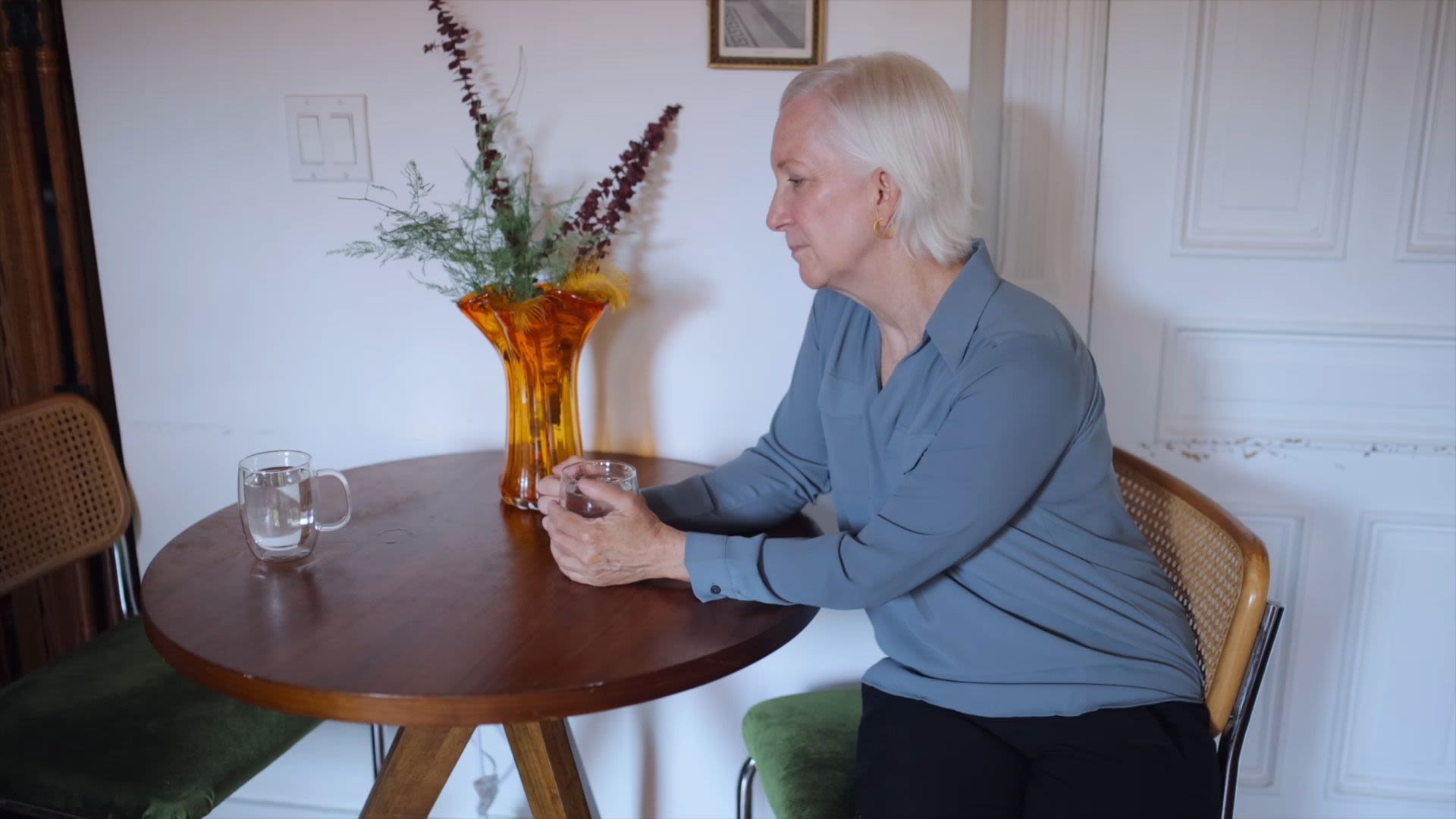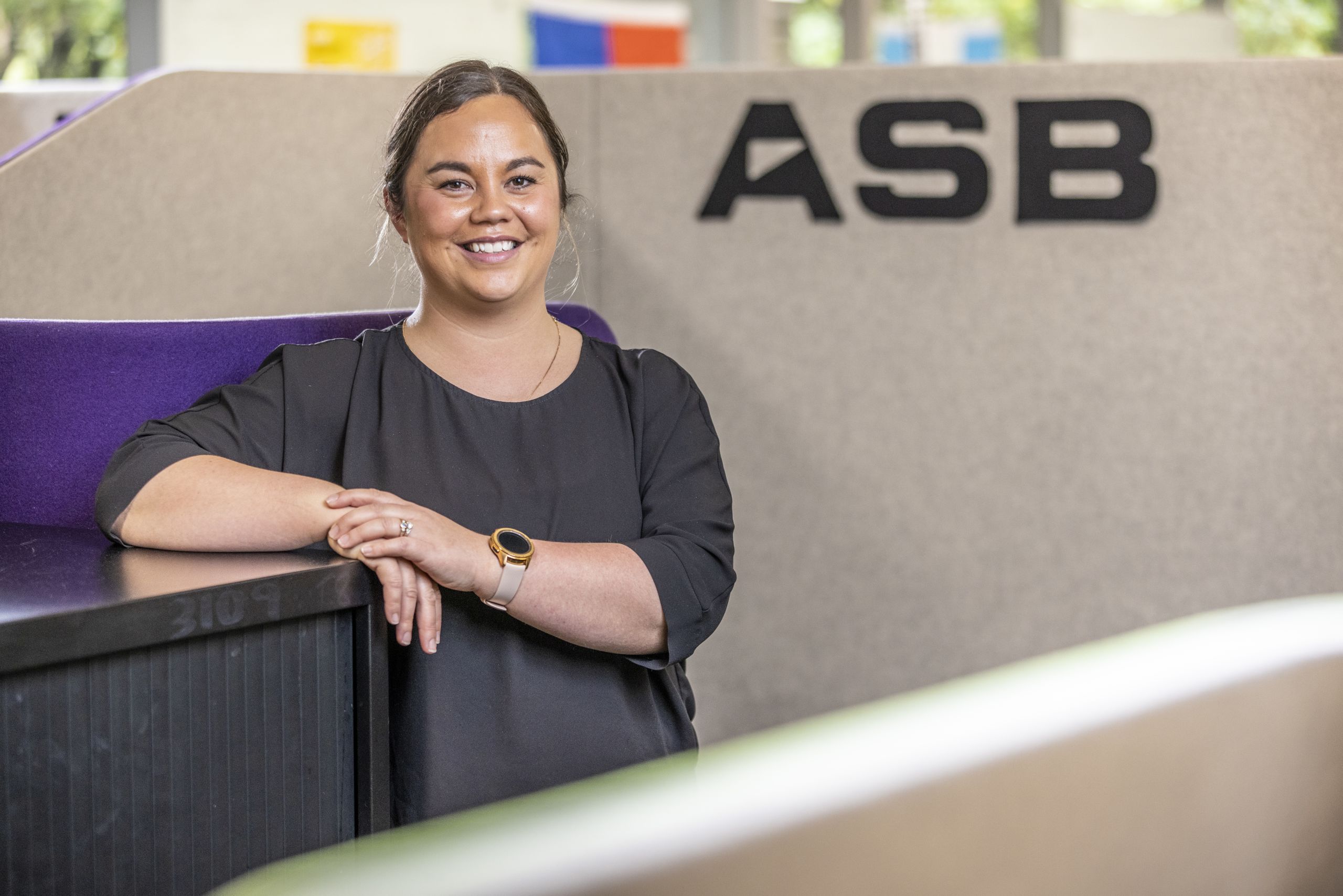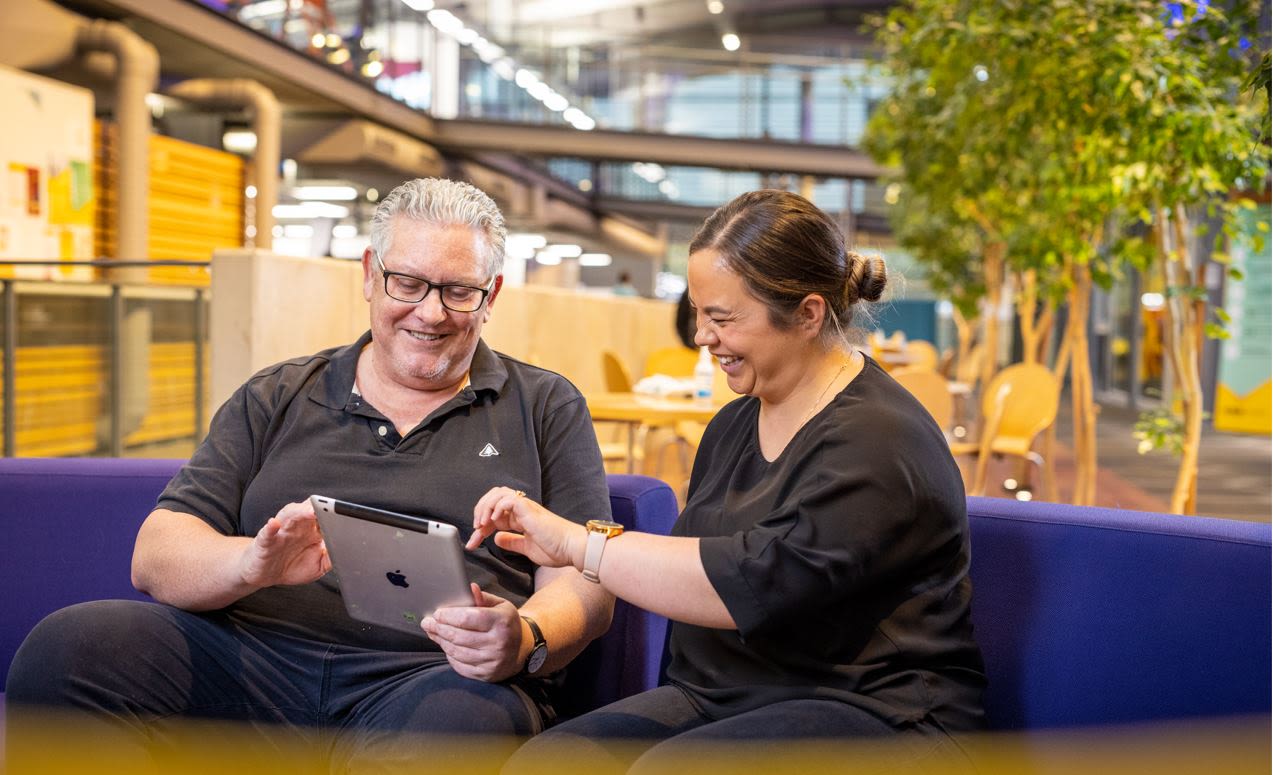Helping bridge a digital divide
If we learnt anything from the COVID-19 pandemic, it’s that connectivity has never been more important.
But for one group, adapting and connecting digitally has been more of a challenge.
Many seniors who hadn't previously had opportunities to become familiar with technology struggled with online services and risked being excluded.
Addressing the 'gap'
Senior citizens will soon be a quarter of New Zealand’s population, but they are the most digitally disadvantaged group in our community.
Latest research shows access to the internet decreases sharply for Kiwis over 65: 14 per cent of Kiwis aged 66-75 have no internet, while 35 per cent of those over 75 years old have none. By comparison, more than 99 per cent of New Zealanders aged 26 years or younger are online.
Known as the ‘digital gap,’ great strides are being made to help an older population gain confidence.
Improving digital connection
For some of New Zealand’s older population, and for those with loss of mobility, the internet can sometimes be a confusing and intimidating space.
It's why companies like ASB have provided a series of tools to help bridge the digital divide and to ensure everyone in New Zealand is taken into the digital future, without feeling isolated.
“Digital isolation is when we find a lot of our customers in a position where they're not able to access the internet or they don't have devices to be able to access anything online as much as other people have,” says Tamara Kwocksun, an ASB Contact Centre Manager based in Auckland.
Until recently, ASB customers who were digitally isolated had been able to 'make do' up until a point by popping into a library or a friend’s house to access the internet, says Kwocksun.

"We had a lot of customers who just weren’t able to go ahead and get their banking done.”
The COVID-19 effect on banking
One big event changed everything.
“Covid-19 really started to make some of our older customers think about other ways they could do their banking, and often the best choice for them would be online banking,” Kwocksun says.
Dealing with the ins and outs of a pandemic has meant older populations began to rethink their approach to banking, she said.
“We had customers that were very used to going into a bank branch or a post shop to pay their bills or deposit money and when COVID-19 hit that immediately stopped that type of banking."

ASB Contact Centre Manager Tamara Kwocksun is on a mission to help senior Kiwis with online banking
ASB Contact Centre Manager Tamara Kwocksun is on a mission to help senior Kiwis with online banking
"We had a lot of vulnerable customers who weren’t used to being online or doing things the digital way and they just weren’t able to get their banking done.”
Enabling a senior population with the right tools
Kwocksun said one clear learning from how senior people interact with digital technology, was that they still value a human connection.
At the start of the COVID-19 pandemic, the bank launched a 65+ priority phone line with specially trained staff to answer any banking questions.
“It’s a great thing for our senior customers because there is an empathetic human on the other end of the phone who can guide customers through things, and not just an automated voice that tells you to press a button if you want to do something,” Kwocksun says.
ASB’s free FastPhone service is for customers who are not online or may have limited internet connection, while the How-to Hub is an online service that gives customers step-by-step guides on how to do a variety of online banking transactions, she adds.
A desire to help overcome digital isolation also led the bank to launch its Better Banking Workshops, where customers can learn the ins and outs of online banking and leave confident and digitally self-assured about using ASB’s internet banking or Mobile Banking app.
Rebuilding confidence
Kwocksun says instilling confidence among the senior population is key, when it comes to digital technology.
The Better Banking Workshops were designed to give customers the boost they need to move forward on their digital journey.
“The workshops are a good way to get customers into a branch where they can sit in a small group while ASB team members walk them through mobile and internet banking.”
Enabling fraud awareness
Kwocksun says senior generations are typically more suspicious about online banking and more likely to fall victim to online fraud, making the workshops even more important.
“We can show them that online banking isn't as scary nor as tricky as they think.
Plus, trained ASB team members are there to help them set up their online banking and show them how to pay bills and set up automatic payments and just help build confidence.”
A helping hand
Kwocksun said meeting senior customers’ needs for reassurance was essential for a financial provider.
“We've got a lot of people that are here to help walk our customers through every step of the way if they move to online banking.
If they’re not quite confident enough to begin online banking, then we are always here to help them over the phone and guide them through other ways of banking.”

